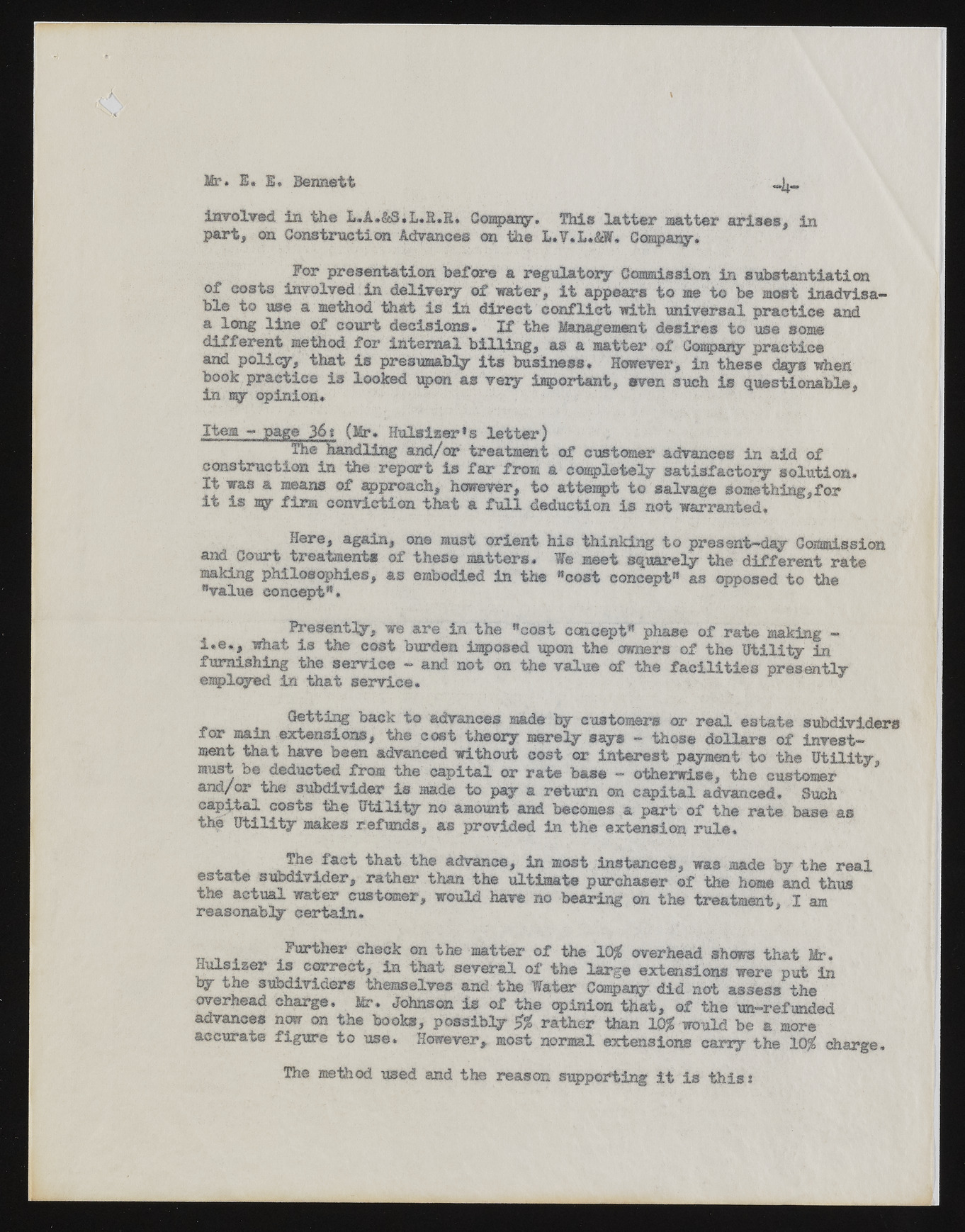Copyright & Fair-use Agreement
UNLV Special Collections provides copies of materials to facilitate private study, scholarship, or research. Material not in the public domain may be used according to fair use of copyrighted materials as defined by copyright law. Please cite us.
Please note that UNLV may not own the copyright to these materials and cannot provide permission to publish or distribute materials when UNLV is not the copyright holder. The user is solely responsible for determining the copyright status of materials and obtaining permission to use material from the copyright holder and for determining whether any permissions relating to any other rights are necessary for the intended use, and for obtaining all required permissions beyond that allowed by fair use.
Read more about our reproduction and use policy.
I agree.Information
Digital ID
Permalink
Details
More Info
Rights
Digital Provenance
Publisher
Transcription
Mr. I . g» Barnett involved in the L.A.&3.L.H.R. Company. This latter matter arises, in part, on Construction Advances on the L.V.L.&W, Company. For presentation before a regulatory Comission in substantiation of costs involved in delivery of -water, it appears to me to b© most inadvisable to use a method that is in direct conflict with universal practice and a long line of court decisions* If the Management desires to us® some different method for internal billing, as a matter of Company practice and policy, that is presumably its business* However, in these days when book practice is looked upon as very laportant, even such in my opinion. is questionable, Item - page 36j (Mr. Hulsiser*s letter) The handling and/or treatment of customer advances in aid of construction in the report is far from a completely satisfactory solution. It was a means of approach, however, to attempt to salvage Something,for it is a y firm conviction that a full deduction is not warranted* P Here, again, one must orient his thinking to present-day Commission and Court treatments of these matters* We meet squarely the different rate m"avkailnueg pchoinlcoespotp"h.ies, as embodied in the "cost concept** as opposed to the Presently, we are in the "cost concept" phase of rate making — i.e., what is the cost burden imposed, upon the owners of the Utility in f©usrpnliasyheidn gi n ttheh aste rsverivciec e-. and not on the value of the facilities presently Getting back t© advances made by customers or real estate subdividers for main extensions, the cost theory merely says - those dollars of investment that have been advanced without cost or Interest payment to the Utility, must be deducted from the capital or rate base - otherwise, the customer and/or the subdivider is made to pay a return on capital advanced. Such capital costs the Utility no amount and becomes a part of the rate base as the Utility makes refunds, as provided in the extension rule, The fact that the advance, in most instances, was made by the real estate subdivider, rather than the ultimate purchaser of the home and thus rtehea saocntaubally wcaetretari nc.ustomer, would have no bearing on the treatment, I am Further check on the matter of the 10$ overhead shows that Mr. Hulsizer is correct, in that several of the large extensions were put in by the subdividers themselves and the Water Company did not assess the overhead charge, Mr. Johnson is of the opinion that, of the un-refunded advances now on the books, possibly $% rather than 10$ would be a more accurate figure to use. However, most normal extensions carry the 10$ charge. The method used and the reason supporting it is this*

